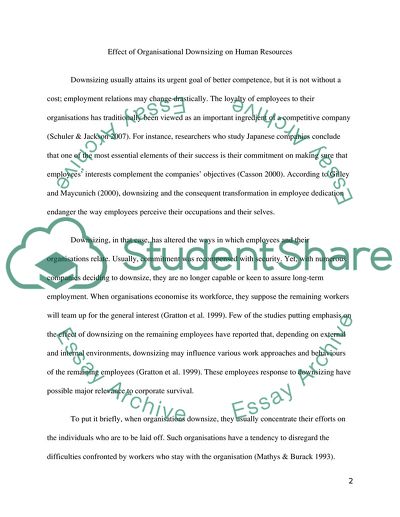Cite this document
(A Strategic Look at Downsizing Essay Example | Topics and Well Written Essays - 3250 words, n.d.)
A Strategic Look at Downsizing Essay Example | Topics and Well Written Essays - 3250 words. Retrieved from https://studentshare.org/human-resources/1765349-a-strategic-look-at-downsizing
A Strategic Look at Downsizing Essay Example | Topics and Well Written Essays - 3250 words. Retrieved from https://studentshare.org/human-resources/1765349-a-strategic-look-at-downsizing
(A Strategic Look at Downsizing Essay Example | Topics and Well Written Essays - 3250 Words)
A Strategic Look at Downsizing Essay Example | Topics and Well Written Essays - 3250 Words. https://studentshare.org/human-resources/1765349-a-strategic-look-at-downsizing.
A Strategic Look at Downsizing Essay Example | Topics and Well Written Essays - 3250 Words. https://studentshare.org/human-resources/1765349-a-strategic-look-at-downsizing.
“A Strategic Look at Downsizing Essay Example | Topics and Well Written Essays - 3250 Words”, n.d. https://studentshare.org/human-resources/1765349-a-strategic-look-at-downsizing.


